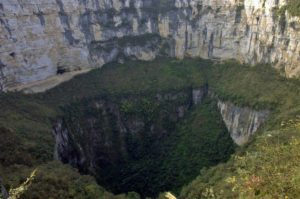World 🢖 North America 🢖 Mexico 🢖 Quintana Roo
Sinkholes 🢔 Caves 🢔 Geological wonders 🢔 Categories of wonders
Wonder
Sistema Zacaton
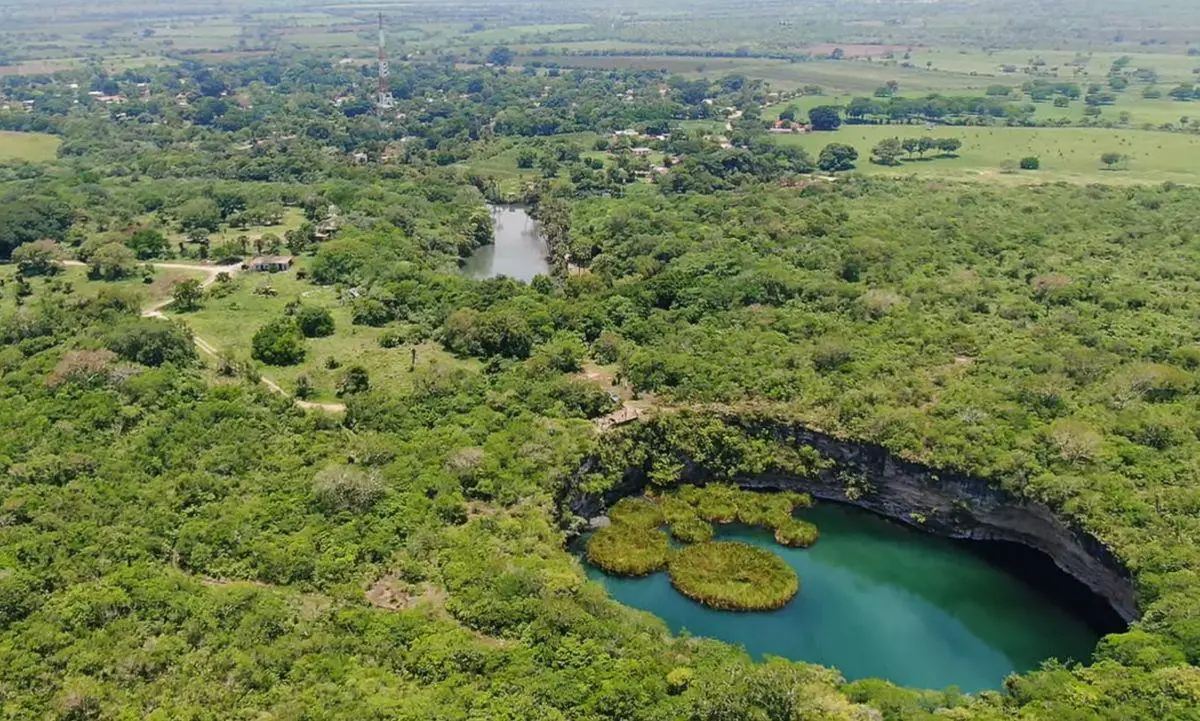
 In short
In short
The area of the extensive El Rancho Azufrosa contains numerous very unusual natural landmarks – some of the deepest sinkholes of the world filled with warm, slightly acidic water. Some of these sinkholes have sealed themselves with plain travertine lids, others have floating travertine islands. This is the unique Sistema Zacaton (Zacatón) – an area where karst processes are influenced by volcanic heat.
 57.0%
57.0%
GPS coordinates
Location, address
Alternate names
Map of the site
If you see this after your page is loaded completely, leafletJS files are missing.
 In detail
In detail
History of exploration
Most likely these unusual sinkholes and also caves were well known to indigenous people. Félix María Calleja, viceroy of New Spain, in 1795 wrote: "There is a large cave lit by natural skylight (most likely Las Quarteles) and 200 varas (some 170 m) from this cave there is a deep cavity that has a lake with an island (most likely El Zacaton)".
This area earlier has not been too popular among explorers – it is hard to access. The local thickets are called “Tamaulipas Thorn Forest”: here numerous species of plants have thorns and are irritating to the skin, here live lots of ticks and other parasites. Water filled sinkholes (called cenotes – Spanish version of Mayan d’zonot – "a hole in the ground") are even harder to access – these basically are wells with steep cliffsides around. Nonetheless, Sistema Zacaton offers many great sights.
Divers
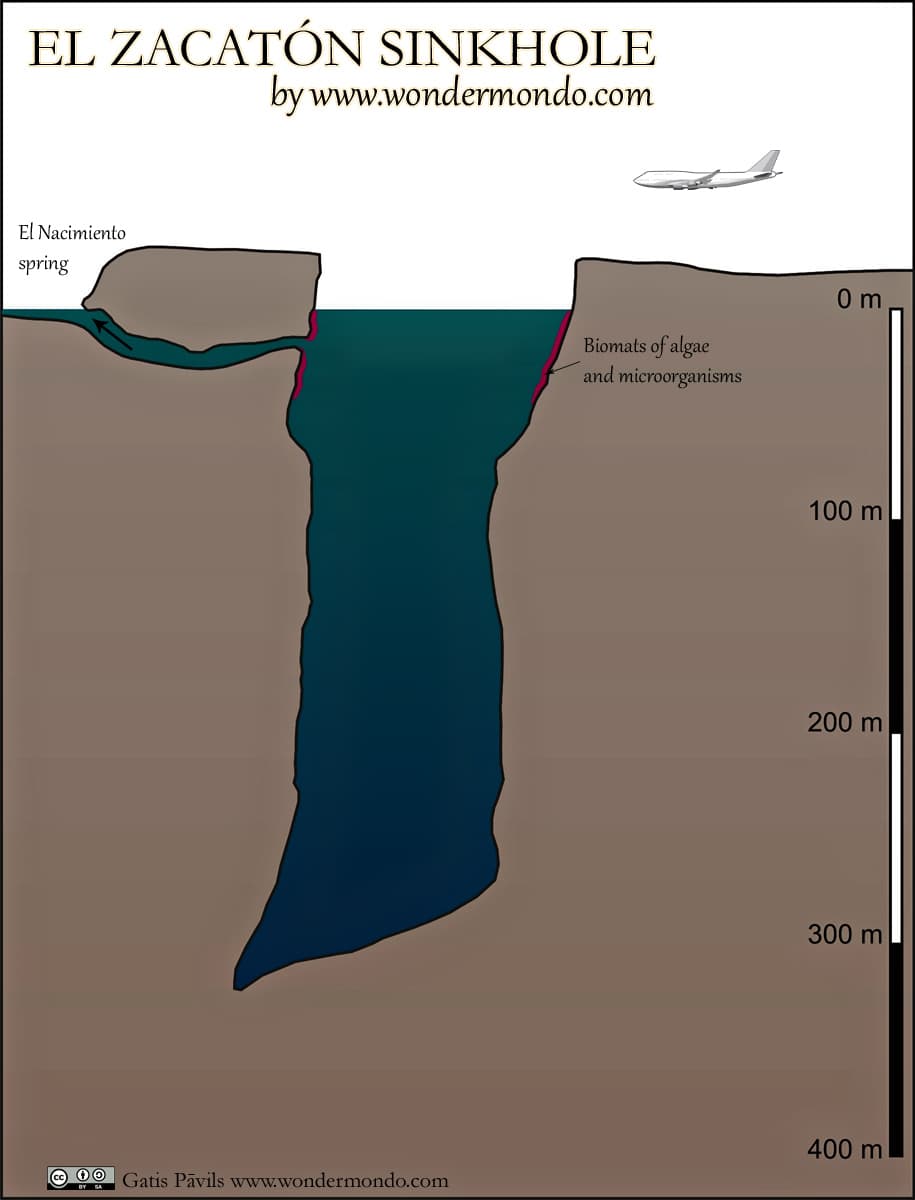
This area received more attention in the late 1980s and the early 1990s, as cave divers tried to reach the bottom of the deepest sinkhole – El Zacaton. It turned into a historically important dive site with several world records set here.
Women’s depth record in diving was reached here in 1993 by Dr. Ann Kristovich: she reached the depth of 169 m.
On April 6, 1994, there happened both a tragedy and an amazing achievement. Two very experienced cave divers – Sheck Exley and Jim Bowden simultaneously dived in the lake. Jim Bowden reached the world record – 282 m but Sheck Exley died due to unexplained reasons at the depth of 268 – 276 m. Both divers were not too far from each other but in the darkness could see only the lights of their partner and at such record depth, none of them was able to go and see how the other diver feels. The true depth of El Zacaton was not reached and still, there was no idea how deep it is.
These tragic events changed the strategy of further research. Researchers decided to used robotic equipment.
Robots
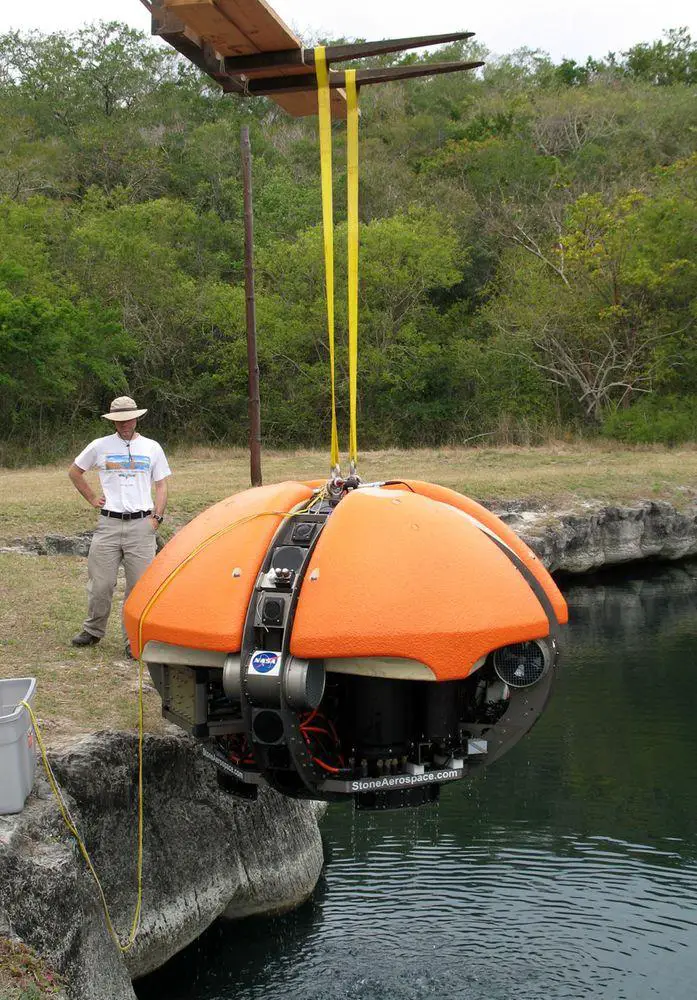
El Zacaton was selected as a suitable place for scientific experiments by NASA and several other institutions. This unusual place served as a testbed for a semi-autonomous robot called Deep Phreatic Thermal Explorer (DEPTHX). This robot with success reached the bottom of the sinkhole in late May 2007 and mapped it, it brought also samples of new species of microorganisms.
Wider research
One of the most active researchers of Sistema Zacaton is Marcus Gary, Jackson School of Geosciences at the University of Texas, with numerous other different specialists joining during the expeditions. Since the middle of the 1990s, there have been made numerous field trips, very often using state-of-the-art scientific equipment.
This research has given surprising results. One of the most unusual discoveries was the fact that some of the sinkholes have sealed themselves with travertine caps. It is very important to investigate the somewhat mysterious waterbodies below these caps without interfering with these isolated biotopes. To some extent, this has been achieved by the use of the electrical resistivity imaging (ERI) method.
Many potentially interesting features in Sistema Zacaton still need to be researched. Among other features, several locations (some even without names) look like unexplored sinkholes with travertine caps over them.
Volcano, groundwater and limestone
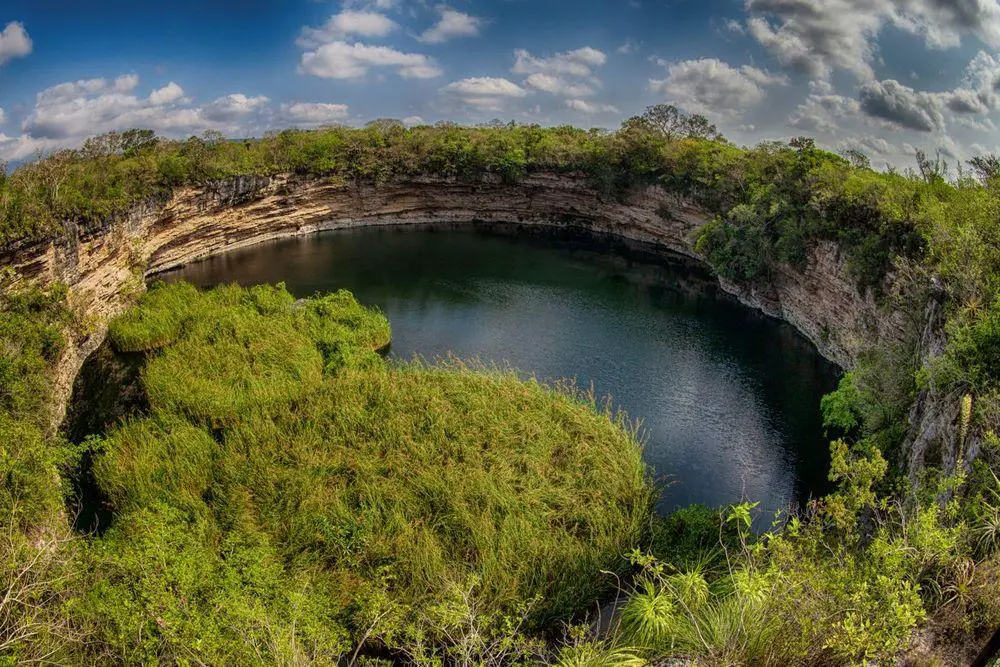
Sistema Zacaton is experiencing incredible geological processes that might be unique in the whole world.
Geological background
The limestone where all the structures are located, was deposited in the Late Cretaceous some 70 million years ago. Some 40 million years ago the area was raised above the water level and there formed contemporary Sierra de Tamaulipas. Some 25 million years ago, in the late Oligocene here started to form volcanic intrusions. In Late Pliocene (some 2.5 million years ago) volcanic eruptions took place here and continued throughout the Pleistocene when in several locations of this area formed basaltic lava flows.
Groundwater and volcanic heat
As in any other area in the world, the water here seeps inside the ground. But unlike most areas of the world, it reaches volcanic heat here. And even more rare is that this heated and chemically altered water then reaches the base of the very thick limestone layer. The result of this is exciting:
- When groundwater reaches volcanic heat, it (obviously) is heated;
- Warm water dissolves more than cold – groundwater becomes acidic due to the dissolved carbon dioxide and hydrogen sulfide;
- Such hot and acidic water easily dissolves the limestone, forming voids at the base of the limestone layer;
- These voids become larger and larger and the limestone layer above them becomes weakened due to hot, acidic water. Rather soon the ceiling collapses, opening access of groundwater to a higher limestone layer;
- When such a collapse structure goes upwards through multiple layers of limestone, it takes the most rational and simple form – circle. Thus all sinkholes of Sistema Zacaton are rounded.
It is estimated that this phreatic process (geological process below the level of groundwater) continues here over the last 1.5 million years.
This is not the full story yet. The dissolved limestone – calcium carbonate – has to precipitate somewhere else. This happens when the groundwater becomes colder and less acidic. One such place is the surface of the sinkhole – and here comes the story about floating islands and travertine lids over the sinkholes.
Floating islands and travertine lids
First very unusual thing noticed about the Sistema Zacaton was a group of round, floating islands in El Zacaton. It is not common to see islands floating around!
Another unusual discovery was the hollow sound of the unusually plain bottom of Poza Seca, reached only in 2000. Yes, the bottom of at least 8 sinkholes in Sistema Zacaton is plain like a pan – which contradicts a common sight in sinkholes elsewhere in the world. Often the bottom of sinkholes has a conical heap of collapse material – but not in Sistema Zacaton.
Electrical resistivity imaging (ERI) research affirmed the suspicions – these plain surfaces are not true bottoms, they are 2 – 4 m thick travertine lids with large, water-filled voids underneath.
Earlier these were "usual" water-filled sinkholes (even such formations are not usual!). But as the volcanic activity calmed down, the temperature of water gradually decreased and on the surface of these weird lakes appeared mats of precipitated calcium carbonate. The formation of these travertine lids was facilitated by the lush subtropical vegetation of Mexico.
Travertine lids of Sistema Zacaton have formed mainly at the level of present-day water level but there are also some which have formed in times when the water level was lower. Thus Poza Verde has a lid 45 m below the water level. But in the rainy season also the surface level travertine caps have shallow lakes over them.
Waterbodies below the travertine caps may contain unique species of microorganisms able to survive in anoxic conditions and without light. Contemporary science though has not solved a problem – how to research these possible life forms without endangering them. Any penetration through the travertine lid would open a path for the invasion of other microorganisms potentially dangerous to this isolated biotope.
Microbial mats
These phreatic sinkholes contain unique microbial communities, each adjusted to specific geochemical conditions of each sinkhole. Most diverse communities of microorganisms are in the deeper sinkholes – El Zacaton, La Pilita, and Poza Caracol. Travertine walls of the upper part of these sinkholes are entirely covered with purple, red, and green biomats. These organisms are utilizing the volcanically originated sulfur. This unusual biotope includes also phototrophic microbes – the content of sulfur in water fluctuates during the day and night. Most likely microbial activity in these unique sinkholes is actively influencing their formation and many of the peculiarities observed here.
Green-colored mats are more common closer to the surface of the water. At the depth of some 3 m appear purple biomats. Below 100 m these mats disappear totally – thus it shows that these microbial communities are dependant on the light.
Microbial mats seem to have a high influence on sulfur content in the water. Certain species of bacteria turn H2S into H2SO4 – sulphuric acid. Thus there is no wonder that the cliff under these mats is turned into a kind of carbonate "soup". In this process, there is consumed the oxygen in the water and created sulphuric acid.
Unorganised tourism
Shortly after the discovery of the unique qualities of Sistema Zacaton it is endangered by hordes of tourists. Many tourists do not respect the natural beauty, fragile environment of thorn forest, and cenotes themselves, they don’t respect private property too. This top-priority site has nearly no protection regime and no tourism policy elaborated and implemented.
Before such policy and protection is in place, please – better refrain from visits to Sistema Zacaton.
Landmarks of Sistema Zacaton
Wondermondo has the descriptions of the following landmarks in Sistema Zacaton:
- Cenote Alameda – wide sinkhole
- Cenote Amarillo – little investigated sinkhole
- Atascosa pool – muddy rounded pool
- Cenote Azufrosa and La Cristalina – wide sinkhole with travertine lid and deep cave with spring
- Poza del Caracol – narrow, more than 114 m deep sinkhole
- Caverna Travertina – powerful spring with impressive travertine formations
- Cueva La Iguana – large cave
- El Nacimiento spring – powerful spring, resurgence of nearby El Zacaton sinkhole
- Poza Garapata – dry sinkhole, possibly has travertine lid with waterbody underneath
- Laguna Colorada – sinkhole with emerald colored lake in it
- La Pilita sinkhole – more than 120 m deep sinkhole with narrowed travertine "neck"
- Cavernas Las Quarteles – 1,680 m long cave system with many collapse sinks
- Palmita – smaller sinkhole
- Poza Seca – dry sinkhole with travertine lid and deep waterbody underneath
- Poza Tule – wide sinkhole with two travertine lids
- Poza Verde – large sinkhole with travertine lid in 40 – 48 m depth
- El Zacaton sinkhole – 339 m deep sinkhole
References
- Marcus Gary, Sistema Zacatón, research homepage. Accessed on June 27, 2010
- Marcus O Gary, John M. Sharp Jr.Volcanogenic karstification of Sistema Zacatón, Mexico. Accessed on July 2, 2010
Sistema Zacaton is included in the following lists and articles:
 Linked articles
Linked articles
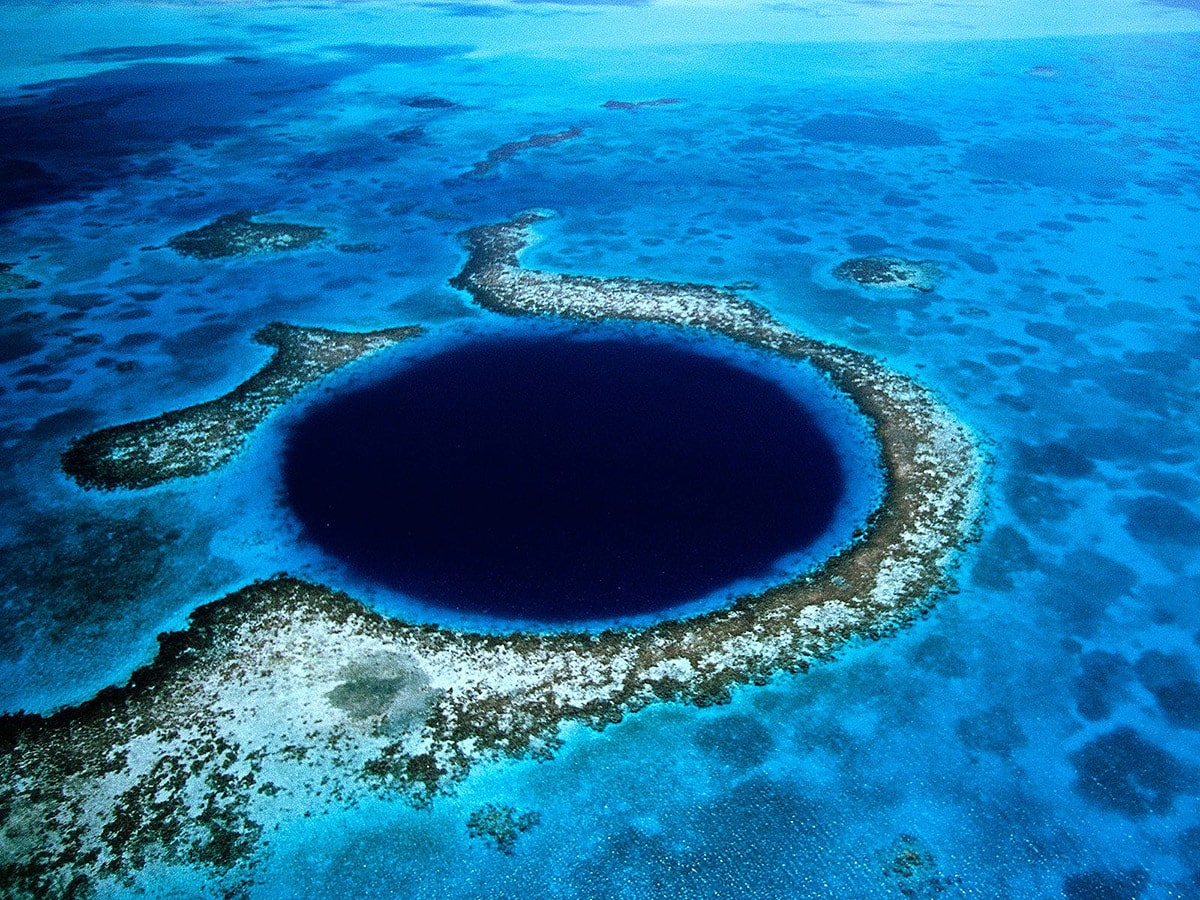
Sinkholes
This category includes outstanding sinkholes – large natural depressions or holes, which for most the part represent collapsed caves.
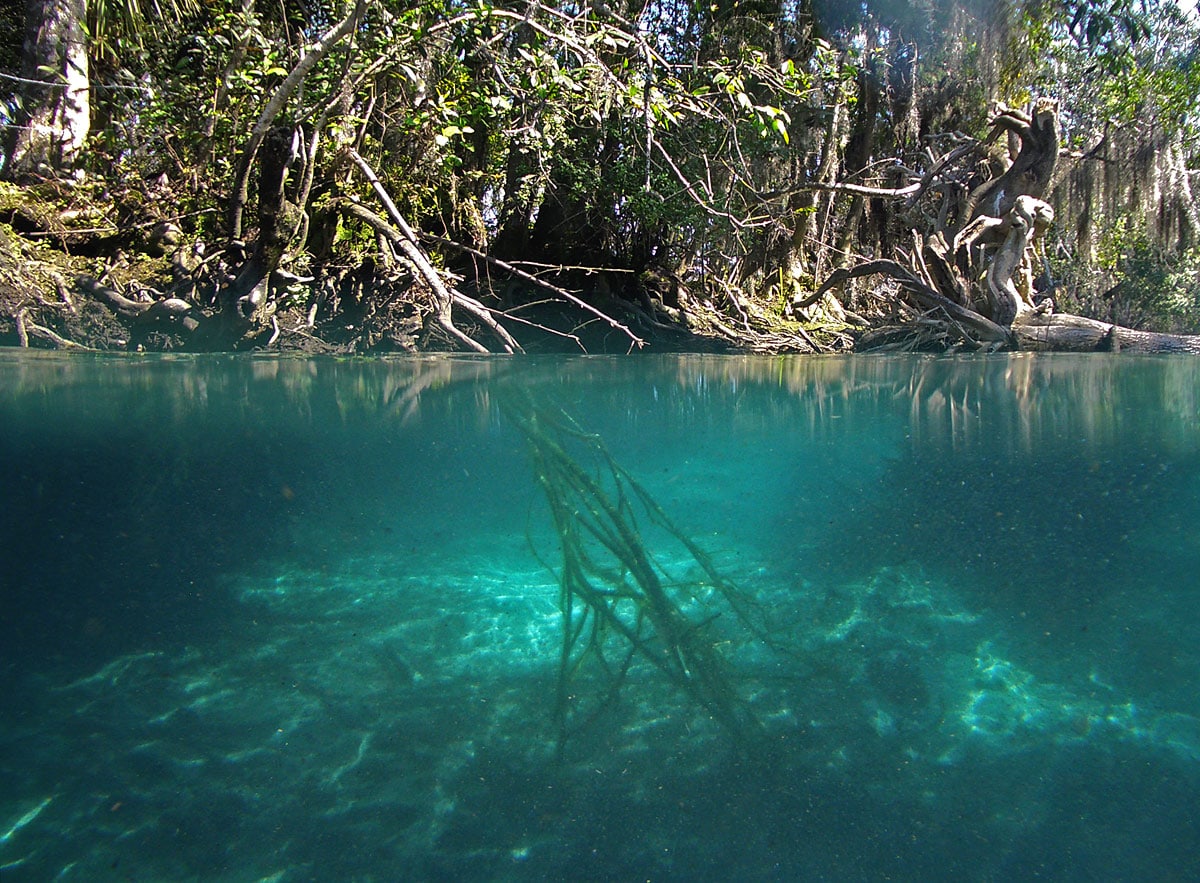
Springs
Powerful natural freshwater springs belong to the most fascinating monuments of nature. Even more exciting is the diversity of unusual springs – mineral springs, hot springs, submarine springs as well as the unusual black smokers. Especially beautiful are such natural rarities as travertine, silica, or salt terraces created by warm and hot springs and, especially, geysers.
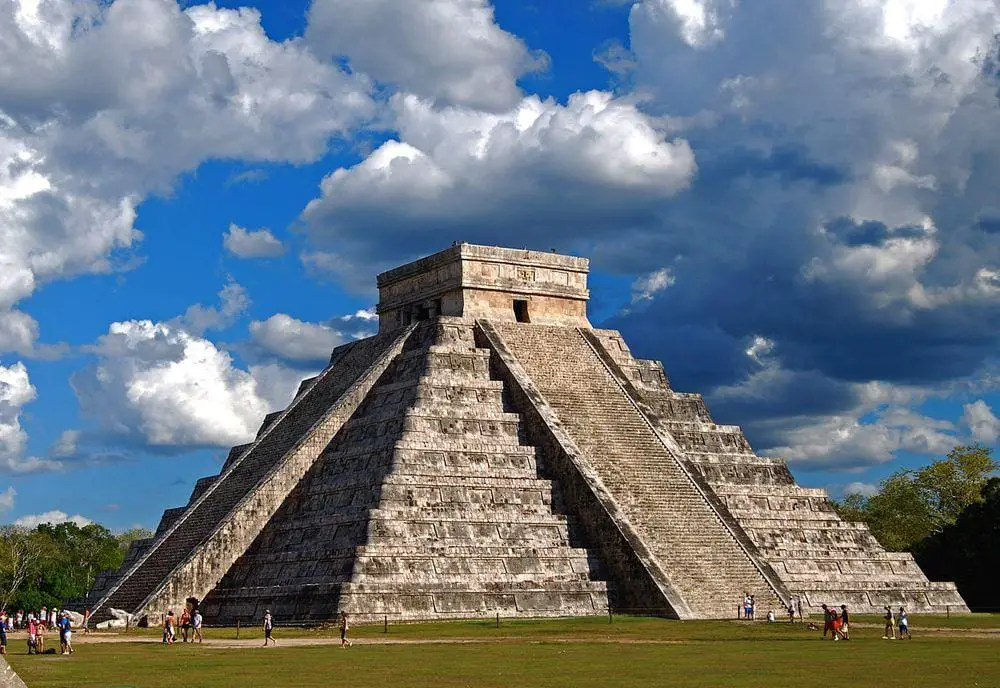
Wonders of Mexico
Few countries in the world can offer such an array of unique and astounding attractions as Mexico.
The area of this country was the cradle of several highly developed indigenous civilizations and some regions in the country are dotted with remnants of ancient cities with temples, palaces, and pyramids.
 Recommended books
Recommended books
Hypogene Karst Regions and Caves of the World
This book illustrates the diversity of hypogene speleogenetic processes and void-conduit patterns depending on variations of the geological environments by presenting regional and cave-specific case studies. The cases include both well-known and newly recognized hypogene karst regions and caves of the world. They all focus on geological, hydrogeological, geodynamical, and evolutionary contexts of hypogene speleogenesis.
Encyclopedia of Caves and Karst Science
The Encyclopedia of Caves and Karst Science contains 350 alphabetically arranged entries. The topics include cave and karst geoscience, cave archaeology and human use of caves, art in caves, hydrology and groundwater, cave and karst history, and conservation and management. The Encyclopedia is extensively illustrated with photographs, maps, diagrams, and tables, and has thematic content lists and a comprehensive index to facilitate searching and browsing.

